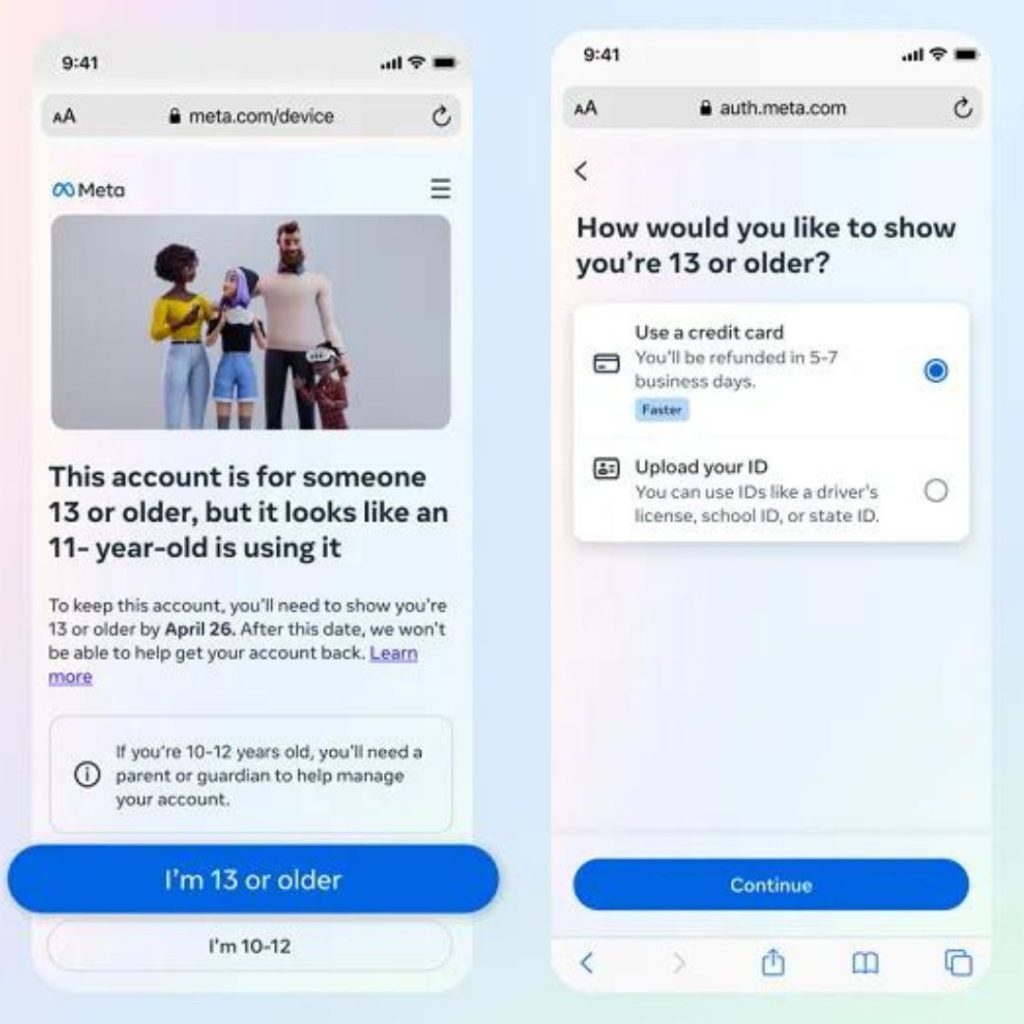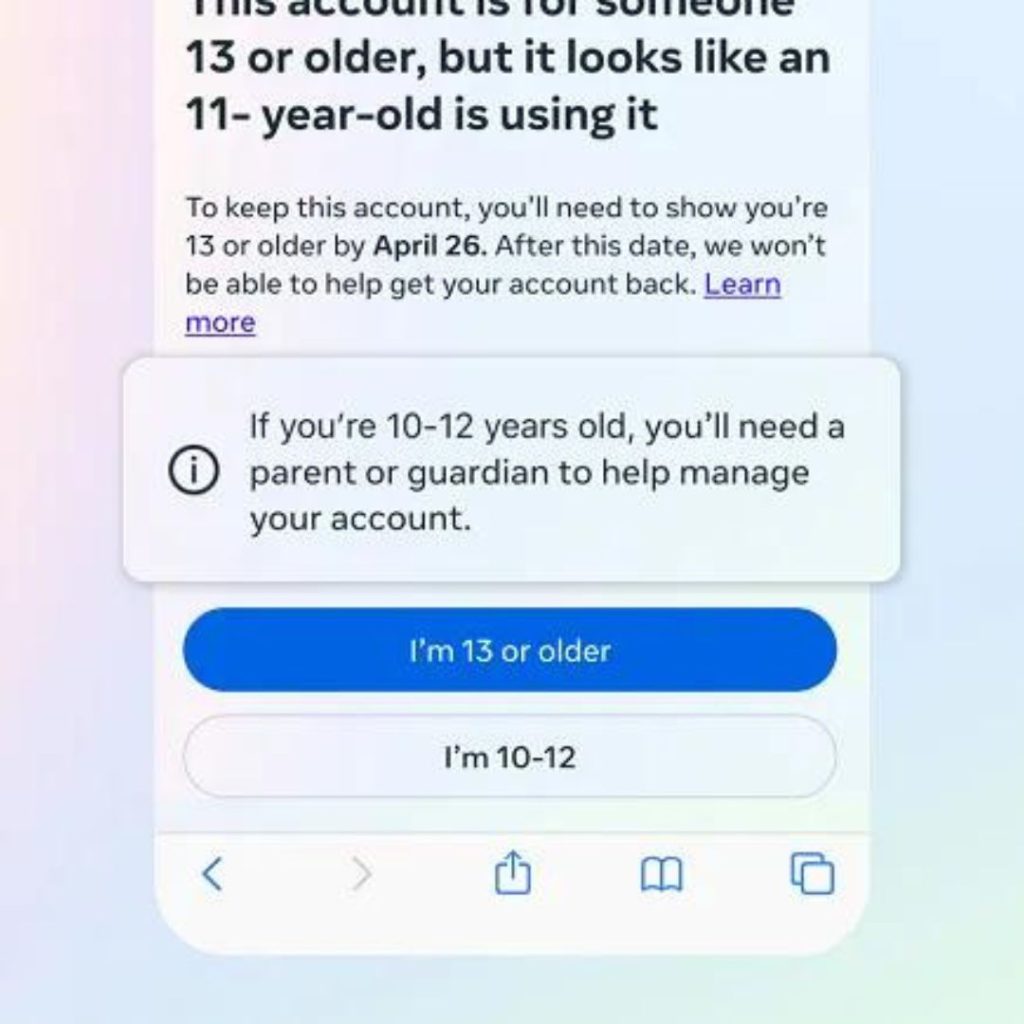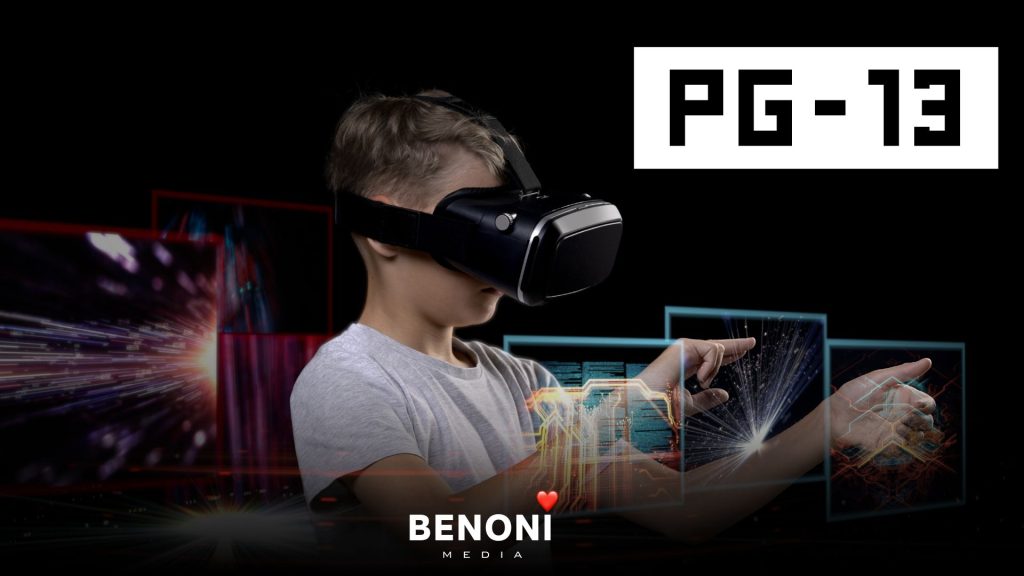In a bid to boost child safety within virtual reality (VR) environments, Meta is rolling out age verification checks across its Meta Quest Platform. Here’s what you need to know about this crucial update:
Prompting Age Confirmation
Meta Quest users will soon encounter prompts to confirm their age before accessing the platform’s offerings. This verification can be done either through credit card/government ID for users over 13 or with parental confirmation for younger users.

Why it Matters
Meta emphasises the importance of understanding users’ ages to tailor experiences, settings, and protections accordingly. With a range of activities available on Meta Quest, from surviving zombie apocalypses to exploring space, ensuring age-appropriate content is crucial.
Existing Protections
Meta has already implemented several safeguards for younger users, such as defaulting those under 18 into private profiles and offering parental supervision tools for teens aged 13-17. Children aged 10-13 are limited to “preteen accounts” managed by their parents, which come with enhanced privacy settings and parental controls.

Enforcing Compliance
Users must confirm their age within 30 days or face restrictions on their account. This proactive approach aims to enhance accountability and mitigate potential risks associated with immersive VR experiences.
Addressing Concerns
Recent incidents of sexual harassment and virtual misconduct within VR environments underscore the urgency of implementing robust safety measures. While Meta’s efforts are commendable, critics argue that more comprehensive protections are needed to safeguard young users effectively.
The Need for Data
With limited research on the impacts of VR on children, there are growing concerns about the potential risks posed by immersive technologies. Meta’s age verification checks represent a step in the right direction, but further research is needed to fully understand and address these risks.
Conclusion
While Meta’s implementation of age verification checks is a positive development, it highlights the broader need for comprehensive safety measures in VR environments. As the technology continues to evolve, stakeholders must prioritise child protection and evidence-based policies to ensure a safe and enjoyable experience for all users.








